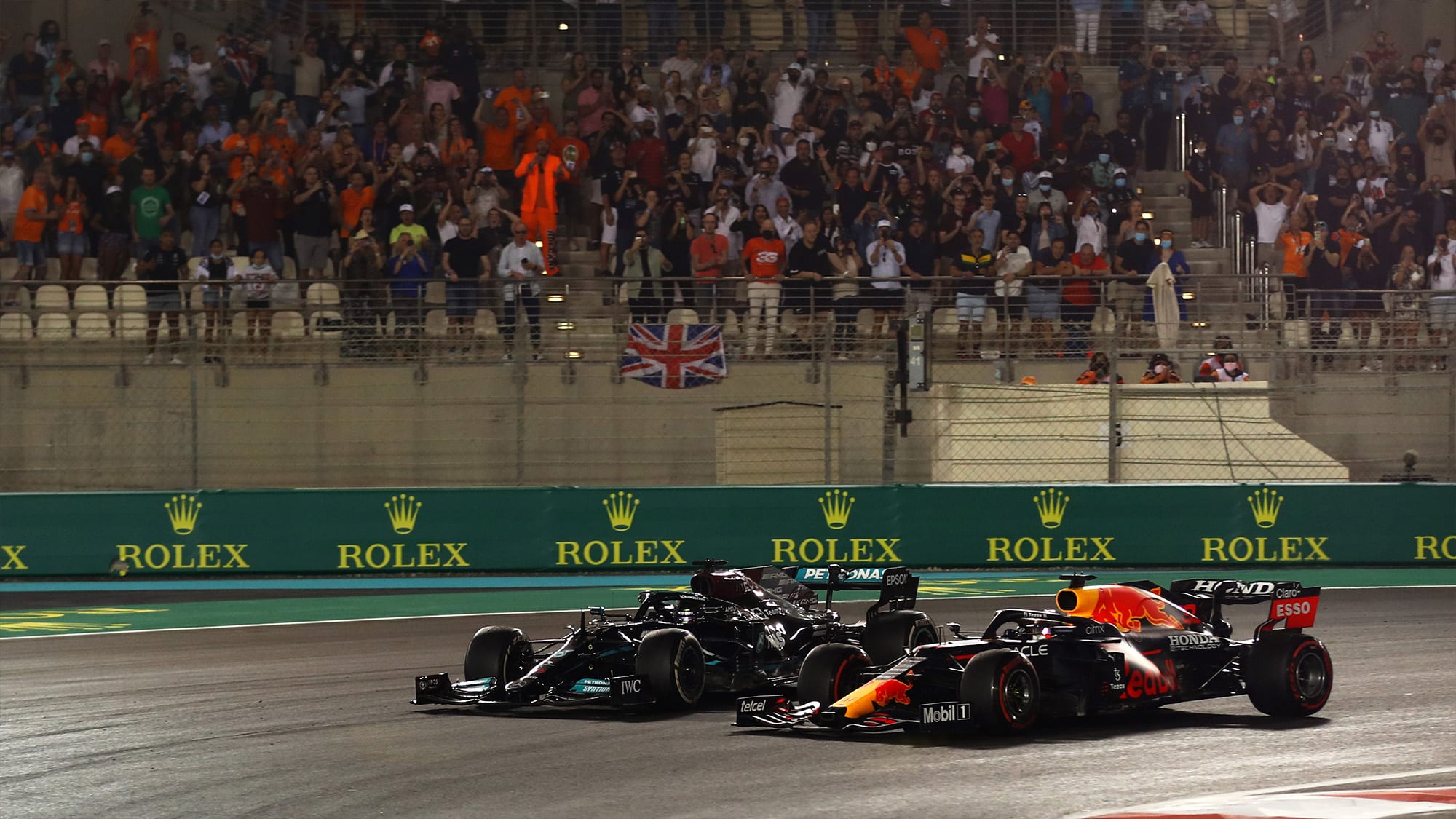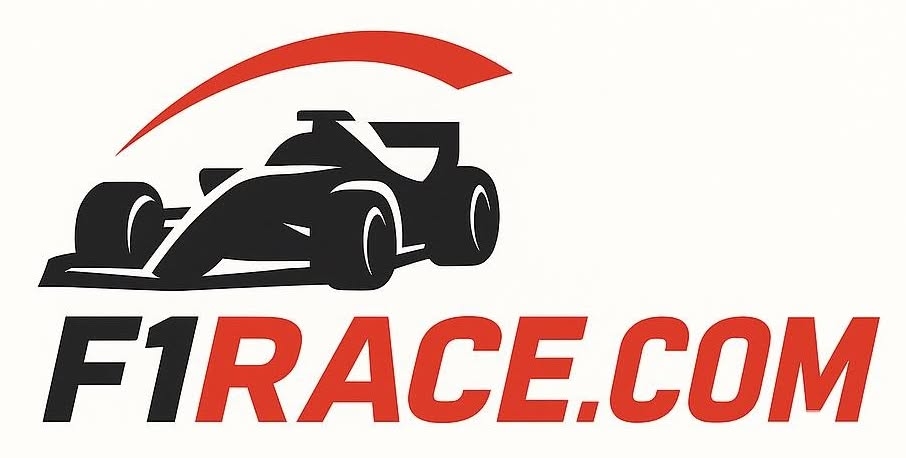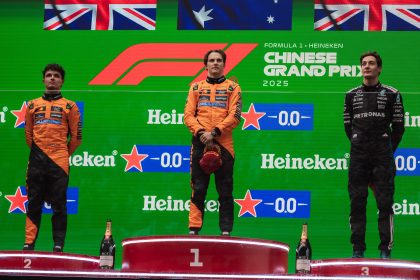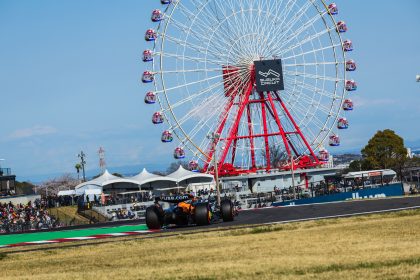Alright, F1 fam, buckle up! If you’ve ever screamed at your TV because your favorite driver got “DRS’d” on the last lap, or if you’ve argued with your mates about whether DRS is a blessing or a curse, this one’s for you. Today, we’re diving deep into the emotional, technical, and sometimes downright controversial world of the Drag Reduction System—aka DRS. It’s the push-pull dance that defines modern Formula 1, and trust me, it’s way more than just a magic button on the steering wheel.
- The DRS Dilemma: Speed Demons vs. Stability Freaks
- Engineering on the Edge: How DRS Works (and Sometimes Doesn’t)
- The Human Drama: When DRS Decides Championships
- The TikTok Take: Is DRS Too Easy or Just Right?
- The Evolution Game: How DRS Rules Keep Changing
- The Engineering Arms Race: Who Nails DRS Best?
- The Emotional Toll: Drivers on the Edge
- The Future of DRS: Here to Stay or On the Chopping Block?
- #fyp
The DRS Dilemma: Speed Demons vs. Stability Freaks
Let’s get one thing straight: DRS is the ultimate F1 plot twist. Introduced in 2011, it’s basically a moveable flap on the rear wing that, when activated, turns your car from a downforce-loving corner monster into a straight-line missile. The catch? You only get to use it in certain zones, and only if you’re within one second of the car ahead. It’s like Mario Kart, but with more carbon fiber and less banana peels.
But here’s the kicker—while DRS gives you that sweet, sweet speed boost (about 15 km/h, or 9.3 mph for my fellow stats nerds), it also strips away the very thing that keeps your car glued to the track: downforce. That means every time an engineer designs a DRS system, they’re playing a high-stakes game of push-pull—balancing the need for raw speed with the absolute necessity of stability.
Engineering on the Edge: How DRS Works (and Sometimes Doesn’t)
Picture this: You’re an F1 engineer. You’ve spent months perfecting the rear wing, running CFD simulations until your eyes bleed, and now you have to make sure that when your driver hits the DRS button, the car doesn’t turn into a flying brick. No pressure, right?
The DRS mechanism is deceptively simple. When activated, a hydraulic or electric actuator lifts a section of the rear wing, reducing drag and letting the car slice through the air. But here’s where it gets spicy—if you go too aggressive with the DRS design, you risk making the car unstable, especially when the system closes at the end of the DRS zone. Too conservative, and you’re just a sitting duck on the straights.
As one F1 engineer famously put it:
DRS is like giving your car wings, but you have to make sure it doesn’t fly away.
Anonymous F1 Engineer
And let’s not forget the infamous “DRS trains”—when everyone’s within a second of each other, and suddenly, nobody can overtake because everyone’s got the same speed boost. It’s like a conga line at 300 km/h.
The Human Drama: When DRS Decides Championships
If you think DRS is just a technical gimmick, let’s talk about some of the most emotional moments in F1 history. Remember the 2021 Abu Dhabi Grand Prix? Yeah, THAT race. Max Verstappen vs. Lewis Hamilton, last lap, world championship on the line. Verstappen gets DRS on the back straight and makes the move that wins him the title. The world went absolutely mental.
DRS played a huge part in that final lap. Without it, I don’t think Max would have got past.
Martin Brundle, F1 Commentator
Or how about the 2011 Canadian Grand Prix, where Jenson Button pulled off a last-lap pass on Sebastian Vettel (with a little help from DRS and a lot of rain)? These are the moments that make you jump off your couch, spill your pizza, and scream at your dog (sorry, Vettel the Jack Russell).
The TikTok Take: Is DRS Too Easy or Just Right?
Let’s be real—F1 Twitter and TikTok are absolute war zones when it comes to DRS. Some fans love the extra overtaking, others say it’s “fake racing.” The truth? It’s complicated.
On one hand, DRS has given us some epic battles and highlight-reel moments. On the other, it can make overtaking look like a walk in the park, especially when the zones are too long or the cars are too evenly matched on the straights. And don’t even get me started on the “DRS chicken” games, where drivers slow down before the detection point to make sure THEY get the DRS instead of their rival. Pure chaos.
The Evolution Game: How DRS Rules Keep Changing
F1 isn’t static, and neither is DRS. Since its debut, the rules have been tweaked more times than my fantasy F1 team lineup. Here’s a quick timeline for the nerds (and yes, I’m including myself):
- 2011: DRS introduced. Free use in practice and qualifying, restricted in races.
- 2013: DRS use in practice/qualifying limited to race zones for safety.
- 2024: DRS can be activated after just one lap post-start or safety car, instead of two. (Because who wants to wait for the action?)
- Ongoing: No DRS in the wet, and it deactivates when you hit the brakes.
Every change is a response to the eternal push-pull: make racing more exciting, but don’t turn it into a circus.
The Engineering Arms Race: Who Nails DRS Best?
Let’s talk teams. Some squads are absolute DRS wizards. Red Bull, for example (not biased, I swear), have mastered the art of making their DRS both powerful and stable. Their rear wing design is so efficient that when Max or Checo opens it, you can practically hear the other teams crying in the paddock.
Aston Martin’s 2025 AMR25 is another example. According to their engineers, More than 90 per cent of its aerodynamic surfaces differ from its predecessor, with changes to the front and rear wings, sidepods, engine cover and floor enabling us to craft a compliant and refined racecar. (Source: https://www.astonmartinf1.com/en-GB/AMR25)
But it’s not just about raw speed. If your DRS makes the car twitchy or unpredictable, you’re toast. That’s why engineers spend endless hours in the wind tunnel, tweaking every millimeter to find the perfect balance.
The Emotional Toll: Drivers on the Edge
Let’s not forget the people actually pressing the DRS button. For drivers, DRS is both a weapon and a risk. You’re flying down the straight, heart pounding, knowing that if you mistime the closing of the flap, you could end up in the wall. It’s a split-second decision, every single lap.
As Fernando Alonso once said:
With DRS, you have to trust the car and the engineers. One mistake, and you’re in trouble.
Fernando Alonso
And trust me, when you’re watching onboard footage of a driver making a DRS-assisted overtake at 320 km/h, you realize just how much guts it takes.
The Future of DRS: Here to Stay or On the Chopping Block?
So, where do we go from here? With new aerodynamic rules coming in 2026 and the constant push for closer racing, some people are calling for DRS to be scrapped. Others say it’s still essential, especially on tracks where overtaking is harder than explaining F1 strategy to my girlfriend.
The reality? DRS is evolving. Engineers are finding new ways to integrate it seamlessly, making cars faster without sacrificing safety. And as long as there’s a need for that extra edge, the push-pull of DRS will keep shaping the sport we love.
#fyp
Want to go even deeper? Check out these links for more DRS drama, engineering breakdowns, and spicy debates:
- Aston Martin AMR25 engineering focus: https://www.astonmartinf1.com/en-GB/AMR25
- In-depth steering technique analysis (including push-pull!): https://www.formula1-dictionary.net/steering_tech.html
And if you want to see some of the wildest DRS moments in action, just search “F1 DRS overtakes” on YouTube. You’ll thank me later.
DRS: love it, hate it, or just meme it, it’s the ultimate example of how F1 is a never-ending battle between speed and stability, chaos and control. And honestly? I wouldn’t have it any other way.













